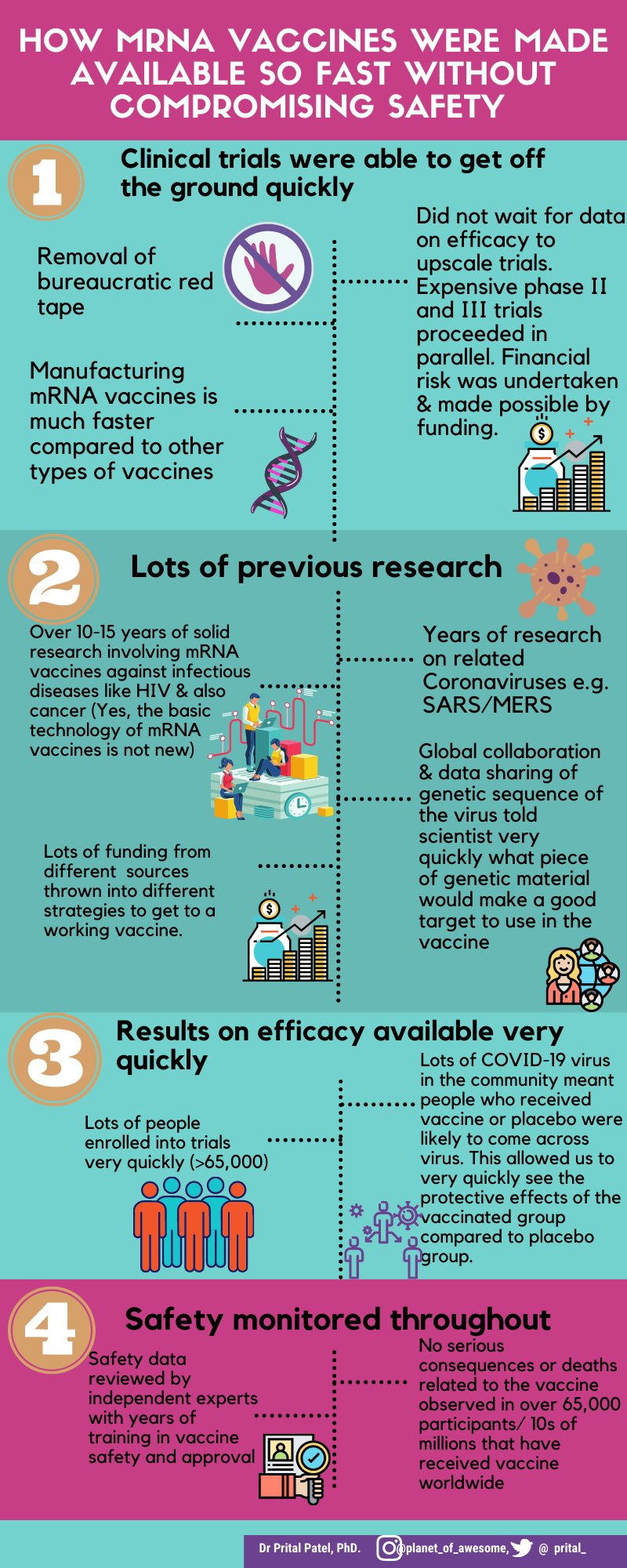Benefits of Agile Mindset, and How to Choose Between Different Agile Frameworks Part 1
The benefits of Agile mindset can be shown by the recent development of the mRNA vaccine which cut the vaccine development time from 10 years to 1 year. The agile mindset is a thought process that involves understanding, collaborating, learning, and staying flexible to achieve high-performing results.
Examples of the mindset being used are phase II and III trials being done in parallel, while efficacy data was still being received. There was a global collaboration of specialised teams working in parallel and together, and continuous sharing of data. There was parallel development of the vaccine using different strategies and continuous testing and feedback.
This blog is the first part of my Agile series on mindset. I will be talking more about the vaccine development in my later blogs.
One of the reasons people and companies do not like using Agile is because of the myriad number of Agile frameworks being used and difficulty in choosing the best one. This question should be framed around which agile framework supports the product and the people and the organisation best.
The following factors are important in considering which framework to use:
- What life cycle stage is the product at?
- How new is a company to Agile?
- How well does a team work together?
- Whether the product is being built by one main team or multiple teams.
The 4 different Agile frameworks to choose from, amongst many are:
- Scrum
- Lean Software Development
- Scaled Agile Framework (SAFe)
- Dynamic Systems Development Method (DSDM), amongst many.
There are 5 stages in any product lifecycle:
- product development (R&D)
- introduction
- growth
- maturity
- decline.
Different product lifecycle stages will suit different frameworks. A product that is at the development and introduction stage will benefit from scrum and lean software development methodologies. Both the scrum and lean approaches avail themselves to creating the minimum viable product (MVP) approach as defined in Eric Ries book “Lean Startup”. These approaches are great for the initial phases of product development as it helps with rapid iteration and testing, while continuously receiving feedback (measuring). They also are good for companies who are relatively new to Agile as you can start with smaller teams at first for introductory product development.
It is very important to make sure that the team works well together when the level of collaboration and innovation required is high.
Scaled Agile Framework (SAFe) is better for companies that are large, with many different silos and do work in bulk. It helps organisations scale Agile organisation wide and should be used in the growth stage of the product life cycle. It incorporates 3 bodies of knowledge - Agile software development, Lean Product development and systems thinking. Systems thinking is particularly important in larger product development due to the complexities of the interactions between the different groups and requirement to think of all the systems involved in any bulk development or providing of service.
Conclusion: An assessment of an organisation’s capability and teams is necessary before choosing any Agile framework. All frameworks have pros and cons, and as a product moves though its life cycle, there is a need to rethink whether the Agile framework that worked well before is still fit for purpose.
Regardless of the framework chosen, Agile has lots of benefits that waterfall simply does not provide. You just have to look at how quickly and effectively the mRNA vaccine was created to see this.
This is part 1 of my series on Agile mindset. There will be others in the future.
#systemsthinking #agile #mvp #lean
About Me:
I have more than 20 years of experience in the telecommunications and IT fields. I have both a Bachelor a Computer Science and an Accounting degree. I have provided both technical and business analysis for product developments and life cycle improvements. I can be contacted to provide any blogs, marketing material, technical writing or training requirements. Please reach out to me on bhamini.runa@divergentone.com if you would like any of my services.


